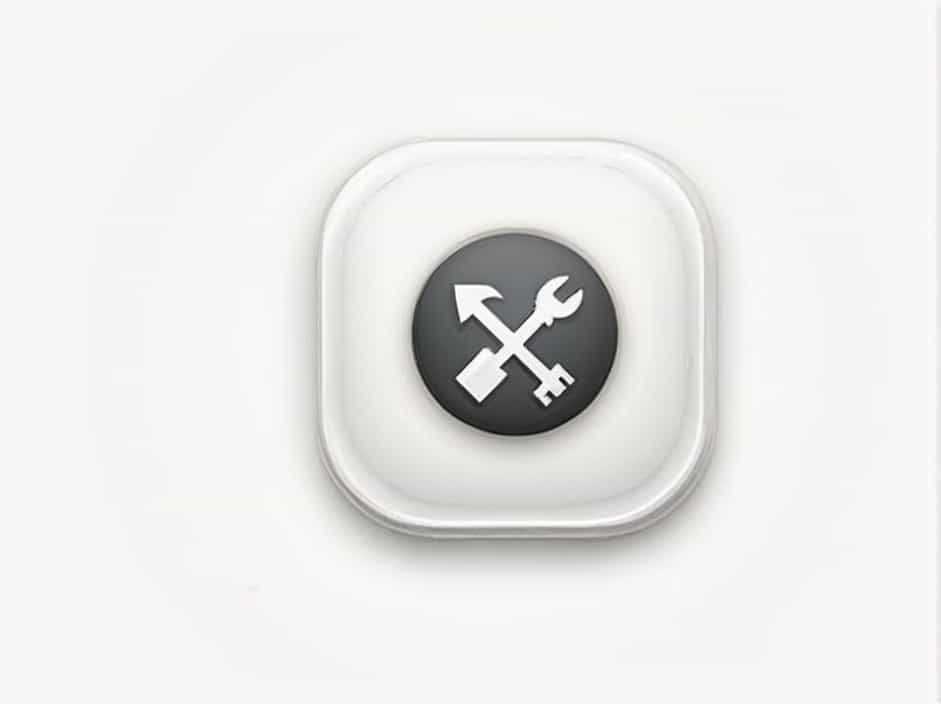Windows provides built-in troubleshooters to diagnose and fix system issues automatically. However, some users encounter the error “Validating the Integrity of the Troubleshooter Failed” when trying to run these tools. This issue prevents Windows troubleshooters from functioning correctly, making it harder to resolve problems.
This topic explores the causes behind this error, potential fixes, and preventive measures to keep your Windows system running smoothly.
1. Understanding the Error: What Does It Mean?
When Windows runs a troubleshooter, it first validates its integrity to ensure that the tool is not corrupted or tampered with. If this validation process fails, Windows stops the troubleshooter, preventing it from diagnosing and fixing any issues.
This error typically occurs when:
✔ System files are corrupted
✔ Windows updates are incomplete
✔ Permissions issues prevent the troubleshooter from running
✔ Malware interferes with system functions
2. Common Causes of the Issue
Several factors can trigger the “Validating the Integrity of the Troubleshooter Failed” error. Below are the most common reasons:
a) Corrupted System Files
System files are essential for Windows operations. If they become corrupted due to improper shutdowns, software conflicts, or disk errors, the troubleshooter may fail to validate its integrity.
b) Outdated or Incomplete Windows Updates
Windows updates include fixes for system bugs and vulnerabilities. If an update is interrupted or left incomplete, certain system components-including troubleshooters-may stop working properly.
c) Insufficient Permissions
Some troubleshooters require administrator privileges to function correctly. Running them with limited user permissions may cause validation failures.
d) Conflicts with Third-Party Software
Security software, optimization tools, or other system utilities may block or modify the troubleshooter, causing validation errors.
e) Malware or System Integrity Issues
Malicious programs can alter system settings and interfere with built-in Windows utilities, including troubleshooters.
3. How to Fix “Validating the Integrity of the Troubleshooter Failed”
a) Run the Troubleshooter as an Administrator
Some troubleshooters need elevated privileges to access certain system settings.
✔ Right-click on the troubleshooter
✔ Select Run as administrator
✔ Check if it runs without errors
If this fixes the issue, adjust user permissions to prevent future problems.
b) Use System File Checker (SFC) and DISM
Corrupted system files can prevent the troubleshooter from working. Running SFC and DISM commands helps repair these files.
Steps to Run SFC
- Open Command Prompt as Administrator
- Type the following command and press Enter:
sfc /scannow - Wait for the scan to complete and restart your PC
Steps to Run DISM
If SFC doesn’t fix the issue, try DISM:
- Open Command Prompt as Administrator
- Run these commands one by one:
DISM /Online /Cleanup-Image /CheckHealthDISM /Online /Cleanup-Image /ScanHealthDISM /Online /Cleanup-Image /RestoreHealth - Restart your PC and check if the issue persists
c) Ensure Windows Is Updated
An outdated system may cause troubleshooters to fail.
✔ Go to Settings > Update & Security > Windows Update
✔ Click Check for updates
✔ Install any pending updates and restart your system
d) Restart Windows Services Related to Troubleshooting
Windows troubleshooters rely on specific background services. Restarting them may resolve the issue.
Steps to Restart Services
- Press Win + R, type
services.msc, and press Enter - Find the following services:
- Windows Update
- Background Intelligent Transfer Service (BITS)
- Cryptographic Services
- Windows Error Reporting Service
- Right-click each service and select Restart
e) Perform a Clean Boot
Third-party applications might interfere with the troubleshooter. A clean boot helps identify problematic programs.
Steps to Perform a Clean Boot
- Press Win + R, type
msconfig, and hit Enter - Go to the Services tab
- Check Hide all Microsoft services
- Click Disable all to turn off non-Microsoft services
- Restart your computer and try running the troubleshooter
If the troubleshooter works after a clean boot, a third-party application was causing the issue. Enable services one by one to identify the culprit.
f) Scan for Malware
Malware may prevent troubleshooters from validating their integrity.
✔ Use Windows Security or third-party antivirus software to scan for threats
✔ Remove detected malware and restart your computer
g) Create a New User Account
Corrupted user profiles can prevent Windows troubleshooters from running correctly.
Steps to Create a New Account
- Go to Settings > Accounts > Family & other users
- Click Add someone else to this PC
- Follow the instructions to create a new user account
- Log in with the new account and check if the troubleshooter works
If it does, your previous user profile might be corrupted.
4. Preventing Future Issues
To avoid encountering the “Validating the Integrity of the Troubleshooter Failed” error in the future, follow these preventive measures:
a) Regularly Update Windows
✔ Keep your system updated to prevent compatibility issues with troubleshooters.
b) Use Reliable Security Software
✔ Ensure your PC is free from malware that may interfere with system processes.
c) Avoid Sudden System Shutdowns
✔ Always shut down your PC properly to prevent file corruption.
d) Perform Regular System Maintenance
✔ Run SFC and DISM scans periodically to repair system files before they cause issues.
The error “Validating the Integrity of the Troubleshooter Failed” prevents Windows troubleshooters from diagnosing and fixing system problems. This issue is commonly caused by corrupted system files, outdated updates, insufficient permissions, or malware interference.
By following the solutions in this guide-running troubleshooters as an administrator, repairing system files, updating Windows, restarting services, and performing a clean boot-users can restore normal functionality.
Regular system maintenance and security measures will help prevent this issue from reoccurring, ensuring a smooth Windows experience.
